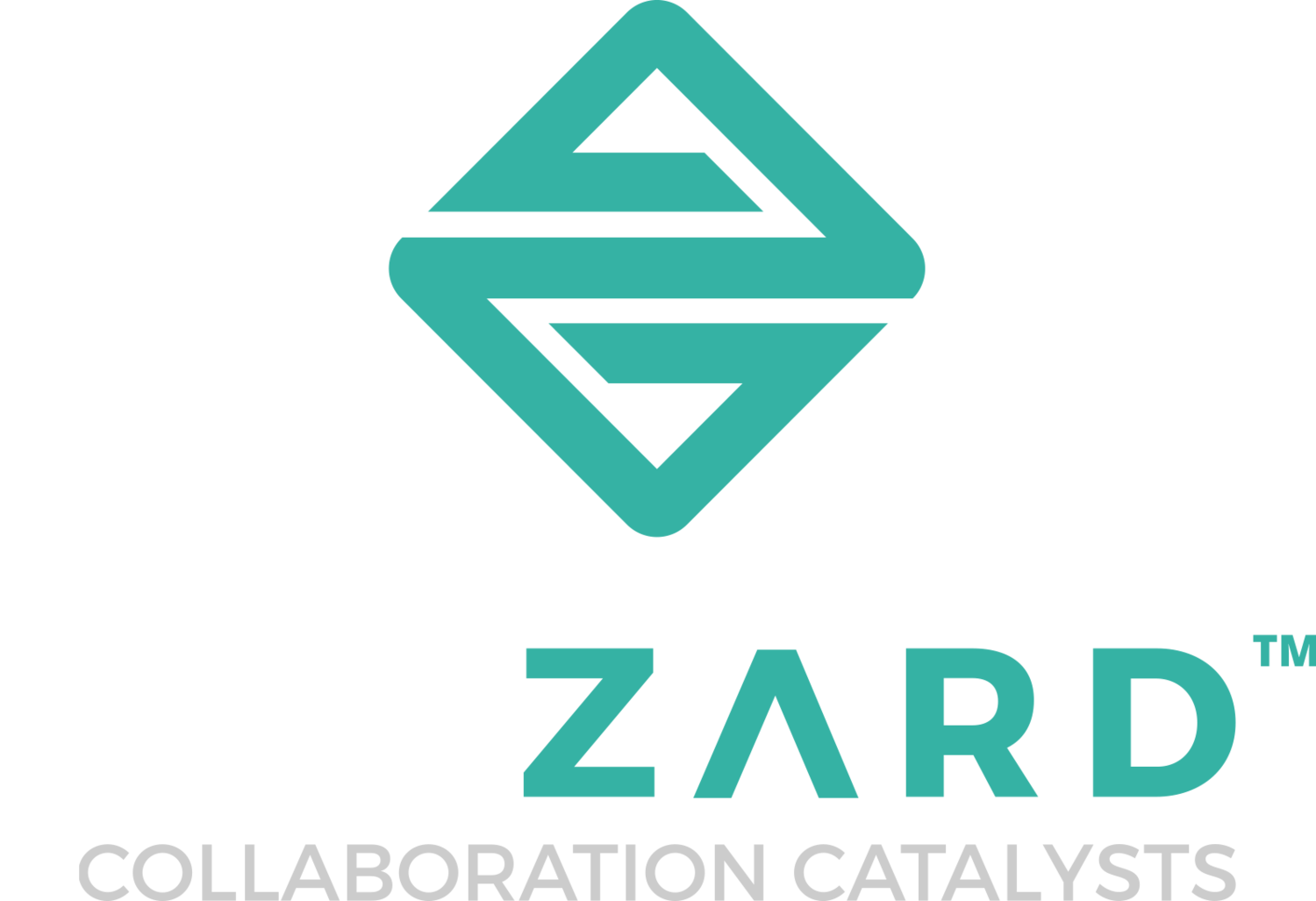Supply chain professionals continue to be on the front line of a very tough set of challenges—new legislation aimed at controlling trade flows and terrorist activity, along with heightened expectations in corporate responsibility and results drive expectations of great predictability.
But the world seems to become more volatile—natural disasters, terrorist activities, business disruptions, trade spats, congested infrastructure, volatile prices, new products and new channels to name a few. Today’s supply chain manager is caught between the rock of building trust through predictability and the hard place of uncontrollable and unpredictable constant change.
Just to make things more complicated, companies are buying more and more complex services.
Risk is a fact of their life. How to surf on the good outcomes and minimize the bad outcomes?
. . .
Failing to plan is planning to faiL
Understanding what the right deal with the right supplier is represents the crux of success in this environment. Procurement has an opportunity to facilitate the discussion that will help the business define what exactly they want to achieve, what are the uncertainties in their plan and why a third party must be involved. They might simply be able to manufacture and supply goods more cost effectively than making them in house. Their staff may have better qualifications and equipment to perform certain services better and cheaper. They may have successful experience and staff in an endeavor you have never attempted. They may have implemented systems you cannot afford. They may have relationships to suppliers or competitors you cannot build. They may be willing to take on risk your organization does not want to carry. Capacity, capability, appetite or any number of other reasons may play a role.
Once you know what you want to do and what your partner must bring to the table, procurement can identify and qualify potential suppliers, and make sure they are interested in offering what you are seeking.
Yet too few organizations have a robust approach to risk in this new environment. Most have a generic enterprise risk management framework that works fine for simple, arms-length transactions. While 91% are planning to reorganize or reprioritize risk management, only 50% plan to involve procurement. How many would think to involve their suppliers? Entering into the right deals with the right suppliers will go a long way to mitigating the risks.
To drive how we buy, there are seven sourcing business models to choose from, which range from the most transactional deals to significantly advanced forms of business alliances.
Each model has been designed across ten characteristics that define the way both parties plan, interact, trade, perform and transform together. Research has found that business relationships are far more effective when they are consistently implemented across these ten elements.
So if you know what you want and why you want this particular specification, you can decide how best to find and enter into an agreement that represents the right deal with the right supplier. As long as you have a reasonable stance to risk sharing with your suppliers, standard contract templates usually work well for tactical procurements of goods and services. Service level agreements and performance metrics bring additional control as services become more complex, and some form of rewards (e.g. value sharing) is important when you expect the supplier to drive improvements in your operations.
We recommend a specific risk mitigation plan for every major deal. Such a plan spells out who bears what risk so that each party can implement appropriate management of residual risk. That stacks the odds in your favour that you will indeed deliver the right deal with the right supplier.
When collaboration is required to achieve exceptional results, one of the foundations is deep inter-organizational trust. It is built on simple faith that trading partners are who they purport to be, have the abilities they boast, and can sustain quality and service.
But it goes much further.
Inter-organizational trust exists because individuals within each organization trust peers within the other organization. This trust must be developed, and must be put to work through the relationship governance structure and process.
When the stakes are truly transformational and strategically imperative, the relationship engages senior management to ensure the initiative stays on target and issues are resolved promptly and effectively.
These two disciplines are frequently missing in the typical procurement approaches. Yet they are imperative for procurement to earn a seat at the table when strategically important trading relationships are on the agenda.
. This article was initially published in the Summer Edition of Purchasing B2B.
. Follow Nick on LinkedIn.
. . .
Happy journey through collaboration! #Get2We


